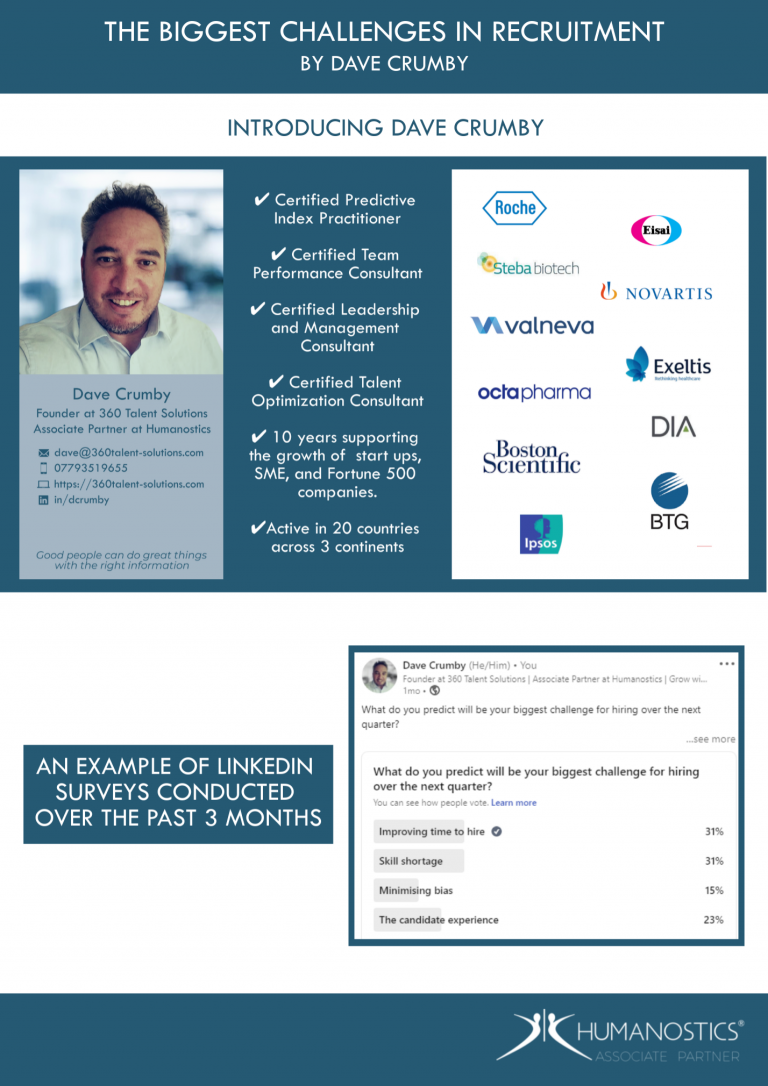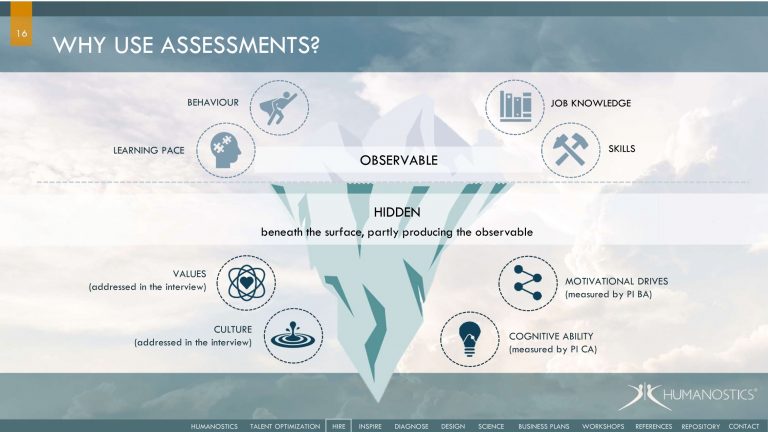
The Best Alternatives to DiSC for Recruitment
Discover the best alternatives to DiSC for recruitment with a clear, evidence led guide. Learn which assessment providers offer reliable, job linked insight to support fair and consistent hiring decisions.










